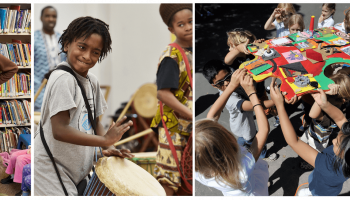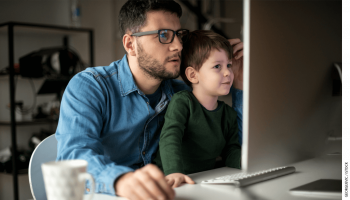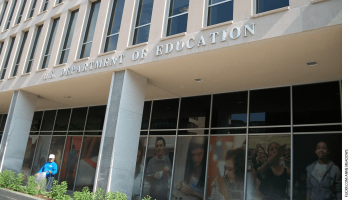
School closures have emerged like a centerpiece of efforts to slow the spread from the novel coronavirus that causes Covid-19. Education Next editor-in-chief Martin West recently interviewed John Bailey about when schools should reopen and just what school leaders can do meanwhile. Bailey is definitely an adviser towards the Walton Family Foundation along with a visiting fellow in the American Enterprise Institute. He previously served in the White House, U.S. Department of Commerce, and U.S. Department of Education. His article, \”Covid-19 Closed Schools. When Should They Reopen?\” can be obtained at EducationNext.org.
Schools will probably be closed throughout the educational year, given current projections. We're likely to see schools back open for next year, but we're also likely to face a rebound, another wave of the virus. Consequently, we may see targeted closures, and therefore when cases start reaching a particular threshold with local hospitals, schools could be closed for two to a month in an area or entire state, depending on how widespread the outbreak is.
There are questions around many of the data variables which go into those models. The faster we are able to get tests available, and the faster we are able to acquire some of that data in to these models, the clearer the picture will be, and we can generate strategies for how long these closures should last and when we can open schools.
Their recommendations reflect the disagreement within the scientific community in those days. We all know little about this particular virus, and that has complicated our previous assumptions. Normally, having a pandemic influenza, you close schools to slow the spread also to protect children, who tend to be vulnerable. With Covid-19, though, children seem largely up against the most severe symptoms but may still be carriers. The data possess a lot of question marks, so officials are falling along the side of not overreacting but rather purchasing a bit more time prior to making your final decision around the schools. Even those who were skeptical at first have since supported not just school closures but also the more aggressive social distancing measures we had used in March and April.
Schools have heroically but hastily thrown
together remote learning plans in addition to distribution sites to assist get meals to students. Now there is a bit of time for you to start reflecting on what's working, what's not, what are the gaps, and just how do we patch together a method to assist serve kids, teachers, and families through out the college year.
We need to use the summer to organize for the next school year. The break will give districts and policymakers an opportunity to develop better remote learning plans and do professional development with teachers.
Schools are typically in what is known as medical surveillance, and therefore as children show up with various symptoms, that information feeds to local nutritionists, and then up to state officials, that data will likely help trigger some closures and other social distancing measures. Schools is going to be around the front line of surveillance. And they will be around the front line of helping make sure that kids are getting the education along with other supports they need to continue their learning.




